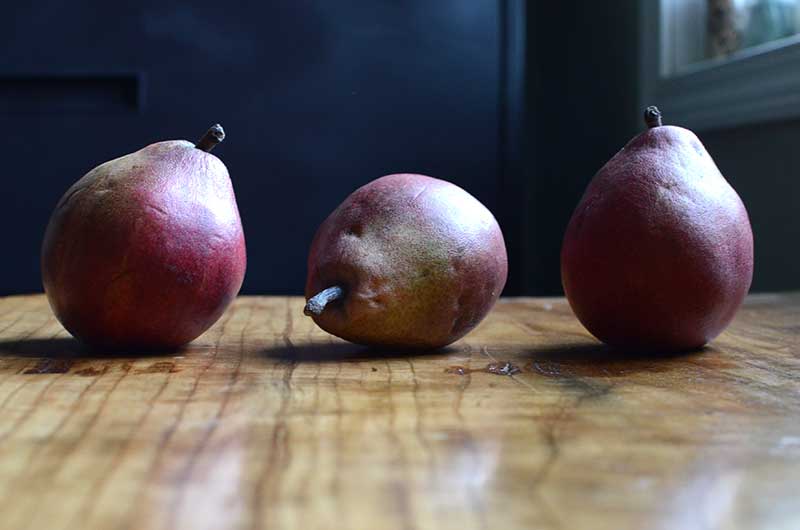getRealism
Want to create realism in art? You've come to the right place.

How To Drawing Step By Step With The Envelope Method
- What is the enveloping method?
- Why start a drawing with the envelope technique?
- How to start a drawing with an envelope
Beginning a Realistic Drawing Using the Envelope Method
Using the envelope technique in realistic drawing.
Understanding the Envelope Method
- Definition of an envelope or container
- Importance of beginning with an envelope
- Helps maintain scale and proportion
- Prevents the drawing from growing out of proportion
- Role of the envelope in controlling drawing dimensions
- Restraining proportions
- Ensuring everything remains the right size
The Importance of Proportions in Realistic Drawing
- Mastering the concept of proportions
- Relationship between objects and features
- Examples of proportion issues like oversized hands or eyes
- The impact of proportions on the realism of the drawing
Steps to Begin Sketching Using the Envelope Technique
- Setting up for the drawing
- Choosing a still life subject like fruit
- Initial sketching process
- Copying the angles of the outer edges of objects
- Creating a loose overall shape of the composition
- Measuring the envelope for proportional accuracy
- Assessing envelope dimensions - height and width
- Ensuring the envelope reflects the subject's shape
Finalizing the Drawing Process
- Completing the envelope sketch: checking for accuracy
- Beginning to draw the contents within the envelope
- Process for adding details
- Starting with the largest shapes using straight lines
- Mapping out shadow shapes lightly
- Adding further details after establishing basic shapes
I'd like to show you how I begin a realistic drawing using the envelope method.
Let's get started! First and foremost, draw an envelope or container. Why do we begin a realistic drawing by sketching an envelope or container? Because drawings can often grow out of scale and proportion. We tend to focus on individual parts instead of the whole. By starting with a container and ensuring the drawing stays within its boundaries, we maintain the overall size and scale. This approach helps prevent the parts from becoming disproportionate. This container is often referred to as an envelope.
The envelope holds the drawing, restrains the proportions, and keeps everything the right size. It helps control our tendency to draw too large.
One critical aspect of realistic drawing is mastering proportions. Objects and features must relate to one another in a believable way. If the hands are too large for a figure, or if eyes are too big for a face, the drawing will not appear realistic; it will look more like an illustration or cartoon.
Now, let's begin sketching using the envelope technique. For this still life of fruit, start by copying the angles of the outer edges of all the objects. This should be a loose sketch, simply mapping out the overall shape of the entire group as a whole. Use straight lines to copy the angles of the top and sides, etc. Afterward, measure to ensure that the envelope is proportional to the subject. Is the envelope too tall? Is it too wide? The envelope or container should reflect the overall shape of the subject. This principle applies whether you are drawing a still life or a portrait.
Don't worry about making extra lines. Some people feel anxious about drawing lines that aren't part of the finished drawing, fearing they might mess up the paper. As long as your lines are light, they will blend in and become part of the final drawing. So, no need to fret.
Once the envelope is completed, measured, and checked for accuracy, begin drawing the contents. Keep all of the drawing within the boundaries of the container.
Next, sketch the largest shapes first using straight lines. Once the shapes are established, start mapping out the shadow shapes. Lightly shade these shadow areas before adding further detail. This is how I initiate a realistic drawing using the envelope technique.
I hope this method helps you as you embark on your journey to create realistic drawings.
Conclusion
The envelope method can be used as a foundation for realistic drawing. I encourage you to utilize this method on your artistic journey. I hope that you find this overview of the steps and concepts involved in using the envelope method for realistic drawing helpful in your drawing practice. I'm rooting for you!